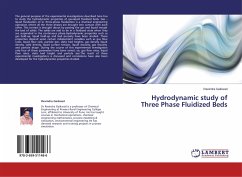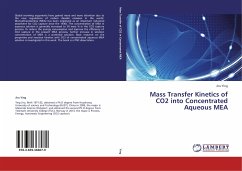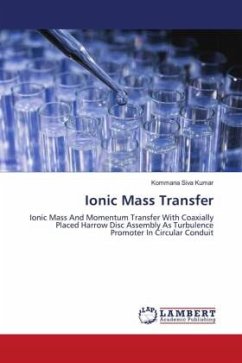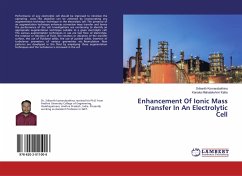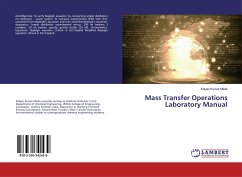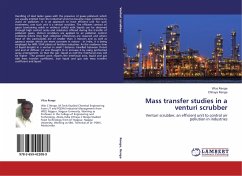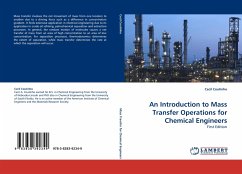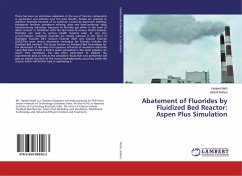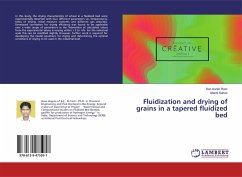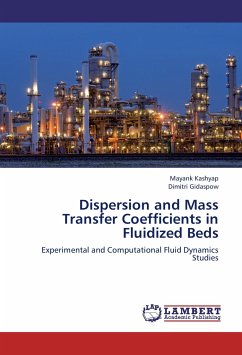
Dispersion and Mass Transfer Coefficients in Fluidized Beds
Experimental and Computational Fluid Dynamics Studies
Versandkostenfrei!
Versandfertig in 6-10 Tagen
52,99 €
inkl. MwSt.

PAYBACK Punkte
26 °P sammeln!
This study covers three Geldart groups, and includes state-of-the-art experimental measurements and first-principles prediction The authors solved a longstanding problem in fluidization, namely extremely low Sherwood number of fine particles in fluidized beds The authors showed that the well-known core-annulus profile reverses in slugging fluidization of Geldart D particles due to particle inertia effects This new finding is a robust and important one since core-annulus behavior is not desired These contributions to the field of particle technology are of high impact, and expected to be of las...
This study covers three Geldart groups, and includes state-of-the-art experimental measurements and first-principles prediction The authors solved a longstanding problem in fluidization, namely extremely low Sherwood number of fine particles in fluidized beds The authors showed that the well-known core-annulus profile reverses in slugging fluidization of Geldart D particles due to particle inertia effects This new finding is a robust and important one since core-annulus behavior is not desired These contributions to the field of particle technology are of high impact, and expected to be of lasting influence -Christine Hrenya, Professor of Chemical and Biological Engineering, University of Colorado at Boulder. The authors have shown that we can eliminate the core-annular regime in risers By directly computing the mass transfer coefficients, the need to include empirical parameters could be eliminated to obtain more accurate conversion rates -Reza Mostofi, Ph.D., UOP, A Honeywell Company.



